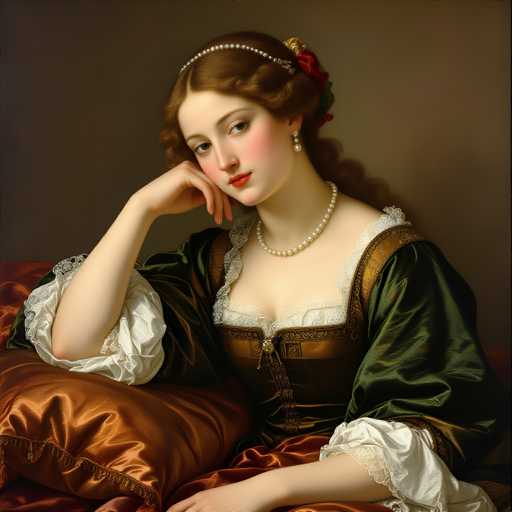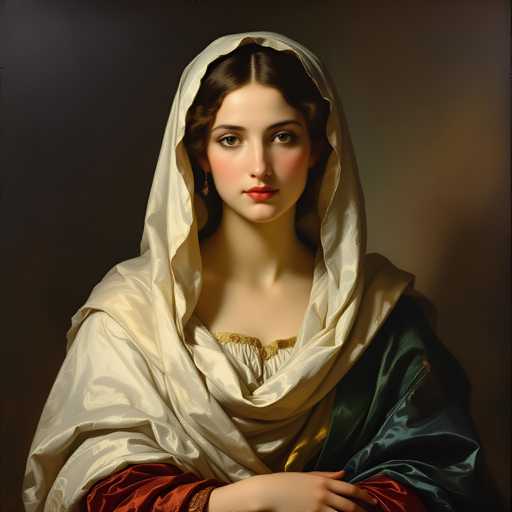Sfumato oil paintings
Renaissance sfumato oil paintings.
Sfumato painting is a Renaissance painting technique characterized by the softening of transitions between colors and tones to create a blurred, smoky effect without harsh lines or borders. The term “sfumato” comes from the Italian word “fumo,” meaning smoke, and it aims to mimic the way the human eye perceives out-of-focus areas, producing a realistic and atmospheric quality in paintings.
This technique involves applying multiple thin, translucent layers of oil paint (glazes) over a solid underpainting. Each layer is allowed to dry before the next is added, enabling subtle gradations and smooth transitions from light to dark. The slow drying time and translucency of oil paint make it especially suitable for sfumato, as it allows artists to blend colors seamlessly and build depth and volume.
Leonardo da Vinci is the most famous practitioner of sfumato, using it masterfully in works like the “Mona Lisa” and “Virgin of the Rocks.” He described sfumato as painting “without lines or borders, in the manner of smoke,” focusing on gradual shading to depict the subtle nuances of light and shadow, particularly on the human face, to achieve a lifelike and mysterious effect.
Related albums

Fauvism Paintings
18 photos

Pointillism Paintings
19 photos

Cubism Portraits
31 photos

























